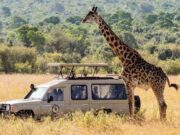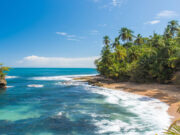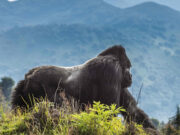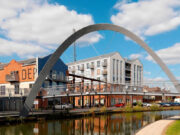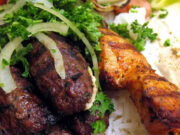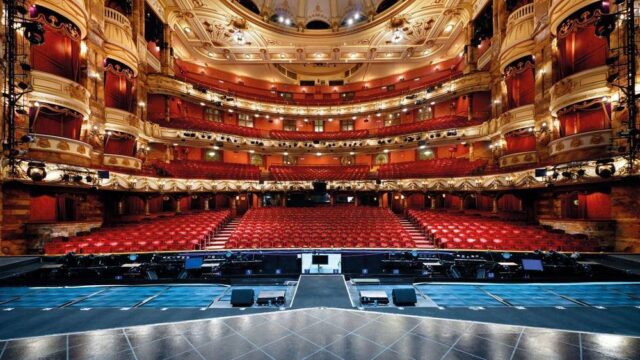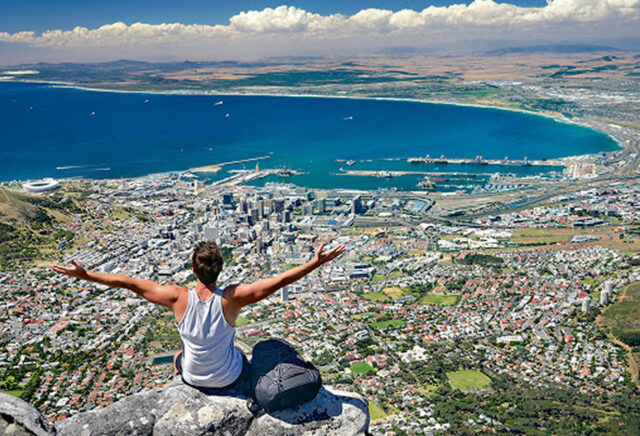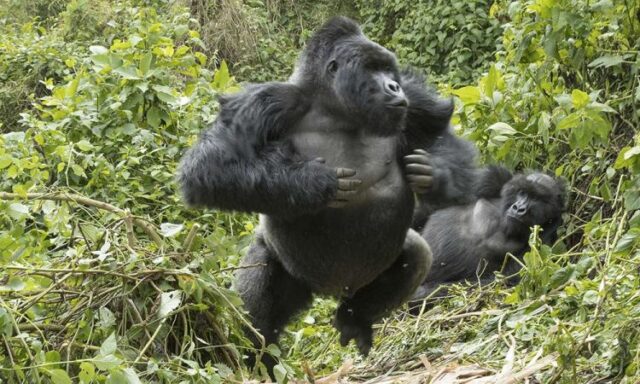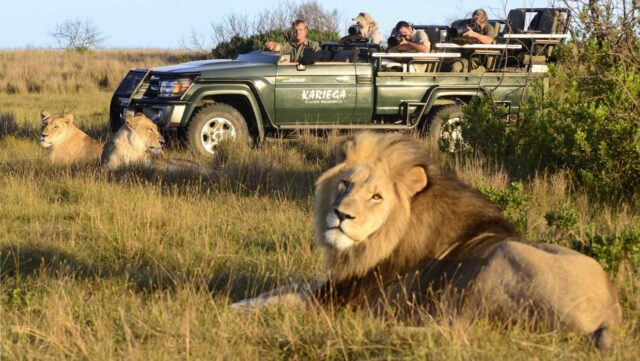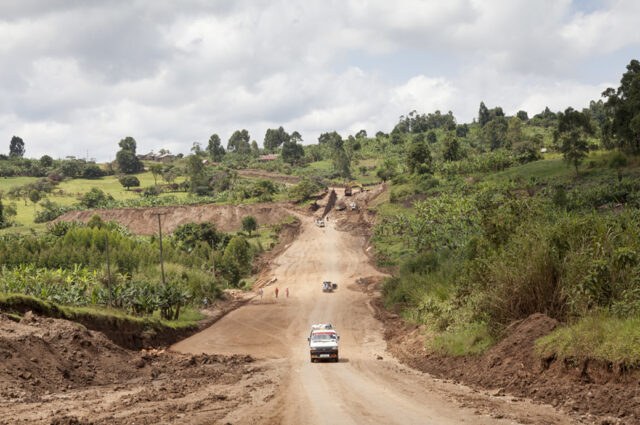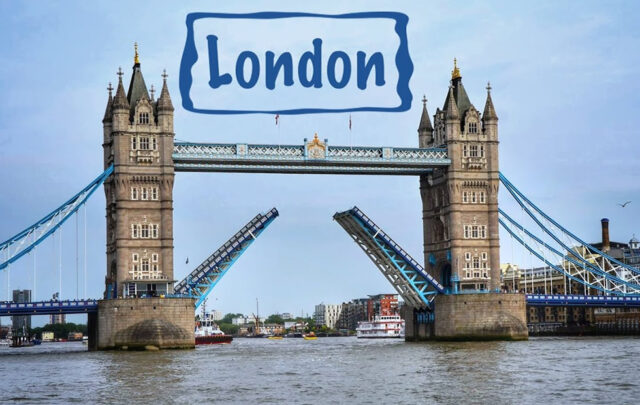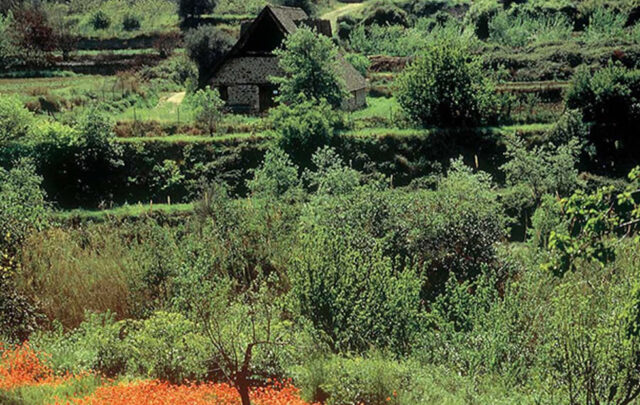Cape Town may have the mountain, but Johannesburg is edgy and exciting, writes local resident Caroline Hurry
Johannesburg flaunts her faded assets like an ageing transvestite, but judge her surface appearances – acid-stained toxic mine dumps, electrical pylons and scarred roads – at your peril. Joburgers keep threatening to ‘semigrate’ to Cape Town but seldom follow through. “I’ve tried Cape Town but every time I see mad, bad, Johannesburg’s distinctive skyline with the Hillbrow Tower’s luminous Adam’s apple and the Southern Life Centre’s huge Johnnie Walker Striding Man building wrap, I realise I’d rather be here,” says artist Kerry Edgar. “Yes, taxi drivers skip red lights and hijackers wear Armani but Jozi’s edge is unique.” Cape Town may have the mountain, but Johannesburg – Jozi – has that hipster soul. Here, it’s as easy to find a ‘smiley’ (sheep’s head) as Jo Malone candles or ‘muti’ (traditional medicine) that will bring an errant husband to heel. And long-time residents still gasp at the orange intensity of the sunset from the Nelson Mandela Bridge, albeit caused by dust and pollution. One Cape Town concept blossoming in Jozi is the Neighbourgoods Market (neighbourgoodsmarket.co.za) held Saturdays in the central neighbourhood of Braamfontein, which – like the Newtown and Maboneng Precincts – has undergone a massive revamp. “It encapsulates the real Rainbow Nation and encourages entrepreneurship,” says local psychologist Uscha Klonaros. “The market unites everyone who supports creativity, humanity and equality. You can buy pomegranate and berry smoothies, hemp clothing, organic chocolate, whatever. It’s even trendier than 44 Stanley Road nearby.”
But the most sparkling jewel in Braamfontein’s revival crown is the glass-walled Wits Art Museum (www.witsfoundation.co.za/art.asp) on the corner of Jan Smuts Avenue and Jorissen Street, which opened in May this year. Built at a cost of R42m (£3.2m), the 5,000m2, double-volume space showcases 10,000 pieces, including Nigerian hats, Ndebele beadwork, David Goldblatt photographs and drawings by Sam Nhlengethwa, William Kentridge and the exiled artist Gerard Sekoto.
In the new and hugely successful Maboneng Precinct (www.mabonengprecinct.com) comprising Main, Fox, Commissioner, and Kruger streets in downtown Jozi, artists of all types have flocked to Arts on Main for studios, galleries, essential project spaces and the funky Sunday Market on Main.
A 1970s industrial building made way for a second urban redevelopment project, Main Street Life, a residential block with a boxing gym on the roof. On the top floor the 12, custom-designed suites of the 12 Decades Art Hotel (www.12decadeshotel.co.za) honour Jozi’s 12 decades of existence. In Fox Street, The Bioscope (www.thebioscope. co.za) is one of the city’s finest art house cinemas and has its own restaurant, the Chalkboard Café. For local greenery, take in the view of Jozi’s urban forest from Munro Drive or head for Delta Park, one of the city’s biggest green lungs with three dams, a bird sanctuary and fresh perspectives of the swish suburbs of Sandton and Rosebank.
Cape Town is gobsmackingly gorgeous in contrast to Johannesburg, who keeps her beauty under wraps. While trips to Cape Point, the V&A Waterfront, Kirstenbosch Botanical Gardens, Seal Island, Robben Island, Rhodes Memorial (for great views of the Atlantic and Indian oceans) and a cable car ride to the top of Table Mountain are always worthwhile, you’ll be spoilt for choice exploring the Mother City’s other myriad attractions.
Tongue in cheek, the locals divide Cape Town into ‘curtains’ – the wealthy ‘Botox Curtain’ for the area along the Atlantic strip – Clifton, Camps Bay, Llundudno; the ‘Snoek Curtain’ for the Indian Ocean side – Simon’s Town, Fish Hoek, Kalk Bay and Muizenberg; and the ‘Lentil Curtain’, denoting Noordhoek and Kommetjie’s more bohemian lifestyle.
“I grew up in Fish Hoek and love the transformation happening behind the Snoek Curtain,” says Cape Town writer Louise Marsland. “Despite the rebuilding chaos that is Main Road in Kalk Bay right now I still haunt the area for its quirky boutiques, antique shops, the cupcakes from Olympia Bakery, Ann Donald’s independent Kalk Bay Books and Annex restaurant (www.kalkbaybooks.co.za), overlooking the harbour where you can eat the fresh catch from the colourful fishing boats.
“Take the stunning Boyes Drive alternative route. Or just take the train – worth the views alone – and lunch at the indestructible Brass Bell restaurant (www.brassbell.co.za), still perched over the sea, still surviving the annual storms that take out at least one deck at a time.”
The winding road that slithers along the Atlantic coastline to Kommetjie culminates in the Slangkop (snake head) Lighthouse, South Africa’s tallest cast-iron tower. Under renovation for months, it’s shining anew. “I’ve never seen it looking so good,” says local photographer Trevor Sampson, who recommends pelagic day trips out of Simon’s Town, where the penguins at Boulder’s Beach are not to be missed. “Fantastic sea birds and you’ll fall in love with the penguins.”
Apart from Hout Bay’s dazzling World of Birds (www.worldofbirds.org.za, the largest bird park in Africa), bookkeeper Carol Sharp, a resident of the gorgeous resort of Fish Hoek, says a walk through the Glencairn Wetland nature reserve is all the more special when guided by Sir Rupert Bromley, chairman of local environmental group GEESE (www.geeseglencairn.org). “Just call and ask for him,” she says.
Travel editor Hilke Burns suggests horseriding along Noordhoek Beach, then lunch under the oaks at the family-friendly Noordhoek Village (www.noordhoekvilage.co.za) for great organic produce. “You can see the best sunsets from Skebanga’s deck at the Red Herring or the tree-top terrace at Monkey Valley,” he says.
A drive through the Cape wine district is essential with dozens of wine farms in every direction but local oenophile Ann Wallis-Brown particularly recommends the Heritage Audio walk at the Spier Winery in Stellenbosch (www.spier.co.za). “Written by Brett Bailey and beautifully narrated by Jill Levenberg, it is the story of a slave girl who died at Spier 200 years ago. It takes about an hour and you visit 12 touch points around the estate. Afterwards enjoy a Heritage wine at the stunning new Wine Tasting Experience venue.”
Did I mention the Milnerton Market, a waterfront Sunday flea market on Paarden Island? Think junk, pancakes, biltong stalls, ginger beer and breathtaking views of Table Mountain. According to Cape Town trend-spotter Pam Sykes, it’s “an essential antidote” to the hip Neighbourgoods Market at the Old Biscuit Mill that gave rise to the Jozi’s Braamfontein version. “Actually,” she says, “Maybe you shouldn’t mention it at all.”
WAY TO GO
Southern Africa Travel
Tel. 0800 189 1375/www.southernafricatravel.com
Specialises in tailor-made tours of South Africa, from cycling around the Cape winelands to forays into Zambia and Botswana to the Victoria Falls. Most holidays are custom-designed but scheduled departures include a 13-night Grand South Africa tour, starting in Johannesburg and ending in Cape Town.
Rainbow Tours
Tel. 020 7666 1250/www.rainbowtours.co.uk
Offers tailor-made holidays in South Africa. Its city break options in Gauteng province include a stay in Soweto, where some residents have opened up their homes as B&Bs, certified by the Soweto Accommodation Association, and will show you the vibrant ‘Golden Mile’, a street that’s buzzing with food stalls, arts and crafts and shebeens (bars with music, serving local beers).
Bushbaby Travel
Tel. 0845 124 4455/www.bushbaby.travel
A socially responsible tour operator specialising in family travel to South Africa, taking in cities, the Cape and, for clients with small children, the malaria-free game reserves, as well as offering more adventurous tours to remote regions all over southern Africa.



